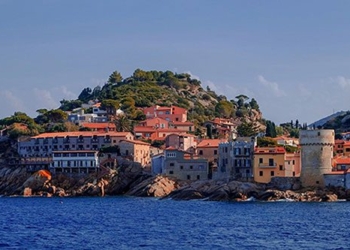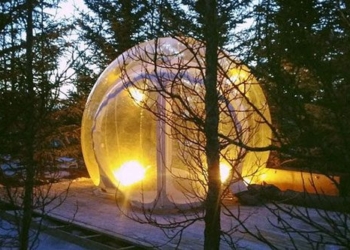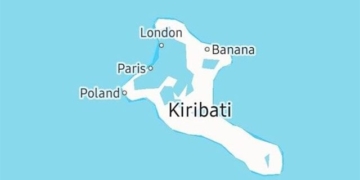The village of Sułoszowa in Poland, with approximately 6,000 residents, is gaining worldwide fame for its unique living arrangement.
Nicknamed “Little Tuscany,” the village has a rich history dating back to 1315
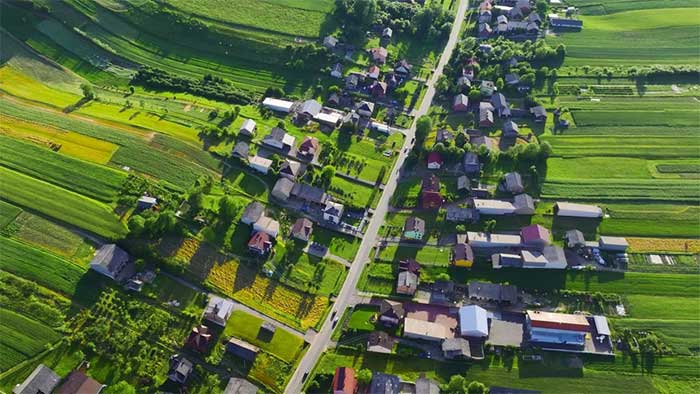
The village of Sułoszowa boasts numerous attractions loved by both locals and tourists.
According to historical records, Sułoszowa was first mentioned in a land grant from 1315 when the King of Poland, Władysław, transferred a forest area to Nicholas, where Sułoszowa is currently located.
In the 14th century, King Casimir III constructed a castle in Sułoszowa to protect the trade route from Kraków to Silesia. The village was founded in the 16th century by a Polish nobleman and army officer.
In the following centuries, Sułoszowa underwent several changes in administration and ownership as different powers governed the area. The Wielkopolski family gained control of the region in 1661, and it later became part of Austrian territory in 1795. From 1815, the village was incorporated into the Kingdom of Poland.
After World War II, from 1950 to 1963, efforts were made to preserve and restore the castle in Sułoszowa, which had been destroyed during the war. Following the complete renovation of the structure, the castle was designated as a branch of the Wawel State Art Collection.
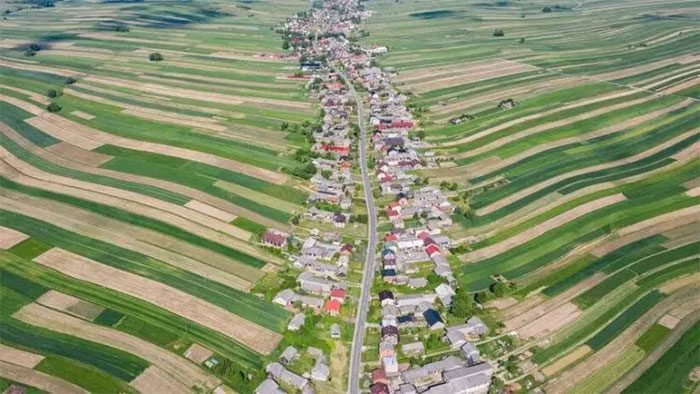
The village of Sułoszowa appears picturesque when viewed from above. (Photo: Oddity Central).
Sułoszowa has existed for many years but has only recently begun to attract attention after images and videos showcasing the village’s unique layout surfaced on social media. Millions around the world have been captivated by the unusual arrangement of homes in this rural area.
Accordingly, hundreds of houses are lined up along the village’s distinctive road, which runs straight through vast fields. All 5,819 villagers—according to the 2017 census data—live along this road that stretches over 9 kilometers.

An aerial photograph of Sułoszowa. (Photo: Oddity Central).
Aerial images of Sułoszowa have impressed viewers due to the village being surrounded on all sides by the green of agricultural lands, as well as the fact that homes are built exclusively along the main road rather than spreading outwards.
According to Polish media, this is just a typical village in this Central European country. Clearly, having only one main road running through a village is not unusual, but the aerial perspective adds to its appeal.
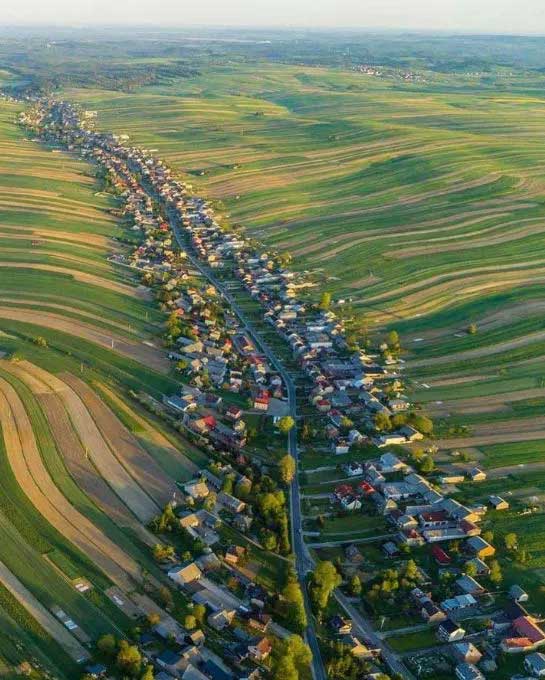
Photo: Oddity Central
Nevertheless, the image of a village rising amidst vast green fields is certainly not something people encounter daily.
Rural lifestyle and a slow pace define the norm for residents of this single-street village
People live happily with a strong sense of community. They enjoy life, which is evident in events like “Strawberry and Potato Day”, where locals gather to sample new crops. The residents lead a slow-paced life, and they have no complaints about it. They enjoy relaxing with friends after work.
Although it cannot be denied that Sułoszowa is picturesque, its remoteness poses many challenges. The lack of suitable transportation makes it difficult for residents to access various locations. There are few buses operating, and taxis do not exist, forcing many people to walk long distances. Those who take the bus often face overcrowding. However, basic amenities such as grocery stores, clinics, and banks are at least within walking distance from the village.
While the village attracts tourists, the youth here still seek opportunities in larger cities. This may be due to a lack of suitable facilities for them. For instance, there are no local pubs for evening socializing. The only restaurant closes at 5 PM, meaning those who want to go out must travel about 10 kilometers to the next village.








































